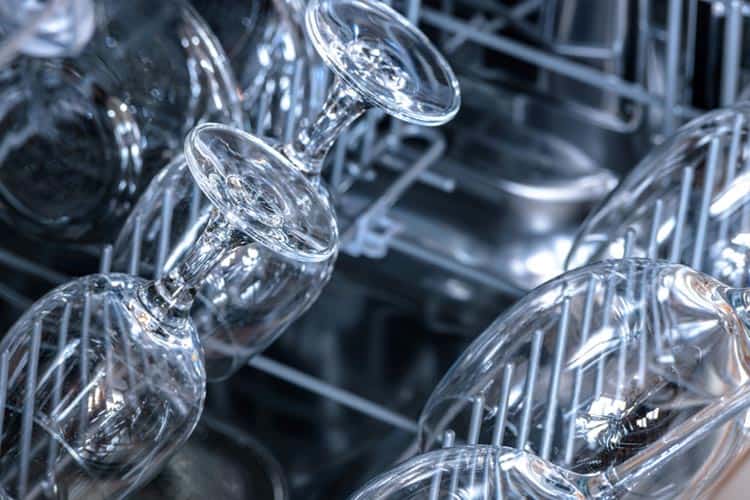Introducing our Safe Work Method Statement (SWMS) for the use of commercial dishwasher detergent dispensers! Our SWMS is designed to assist your team in identifying and managing potential hazards when using these machines, ensuring the safety of all workers involved. Here are the key features of our SWMS:
Pre-filled and Comprehensive: Our SWMS comes pre-filled with all the necessary details to ensure you have a comprehensive document to work with. It covers all aspects of using commercial dishwasher detergent dispensers, ensuring that all potential hazards are identified and managed effectively.
Fully Editable and Customisable: We understand that every workplace is unique, so our SWMS is fully editable and customisable in Microsoft Word format. This means that you can easily modify it to suit your specific needs, making it an incredibly versatile tool for any workplace.
Scope and Project Details: Our SWMS includes a scope and project details section, allowing you to identify the specific parameters of the project and ensure that all relevant information is included.
Checklist of High Risk Machinery: We also provide a checklist of any high-risk machinery on-site, allowing you to identify and manage potential hazards associated with these machines.
Staff Training and Before/After Risk Ratings: Our SWMS includes space for recording any staff training, as well as before and after risk ratings, ensuring that everyone involved in the project is aware of potential hazards and how to manage them effectively.
Legislative References: We provide resources for use of legislative references, ensuring that you are fully compliant with all relevant legislation and regulations.
PPE Requirements: Our SWMS includes all necessary Personal Protective Equipment (PPE) requirements, ensuring that everyone involved in the project has the appropriate safety equipment.
Risk Assessment and Matrix: Our SWMS includes a risk assessment and risk assessment matrix, allowing you to identify potential hazards and assess the level of risk associated with each.
Checklist for Requirements: We provide a checklist to ensure that all requirements have been covered when implementing the SWMS, making it easy to ensure that everything has been properly managed and accounted for.
Sign Off Page: Our SWMS includes a sign-off page for all workers and responsible persons, ensuring that everyone involved in the project has read and understands the SWMS.
Easy to Use and Customise: Our SWMS is designed to be easy to use and customise, making it an incredibly versatile tool for any workplace.
Suitable for Large Contracts and Tenders: Our SWMS is suitable for large contracts and tenders, including tier 1 contractual work, ensuring that you have the appropriate safety measures in place for even the largest and most complex projects.
Instant Download: Our SWMS is available for instant download, making it incredibly easy to get started with managing potential hazards associated with the use of commercial dishwasher detergent dispensers.
We’re confident that our SWMS will be an incredibly valuable tool for your workplace. By identifying and managing potential hazards associated with the use of commercial dishwasher detergent dispensers, you’ll be able to ensure the safety of everyone involved in your project.
Here is some safety information related to using commercial dishwasher detergent dispenser.
Hazards:
![]()






